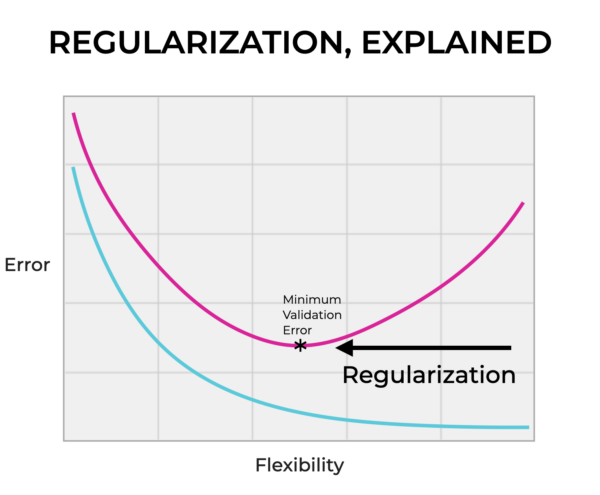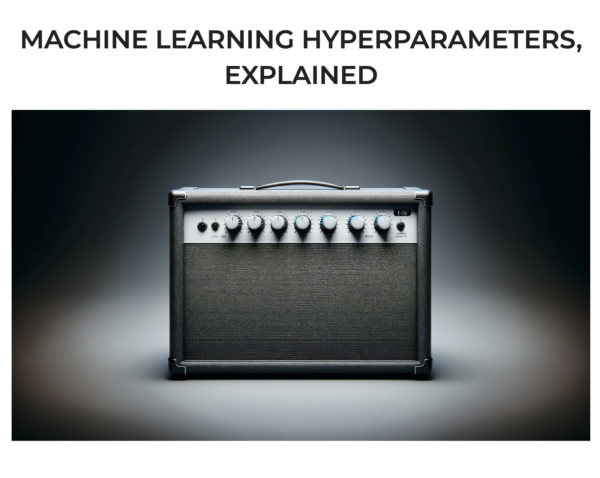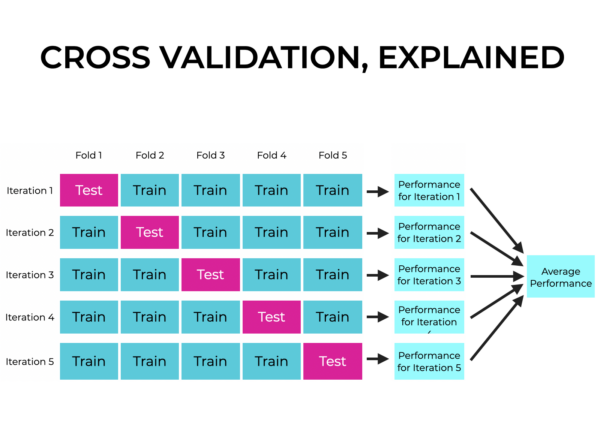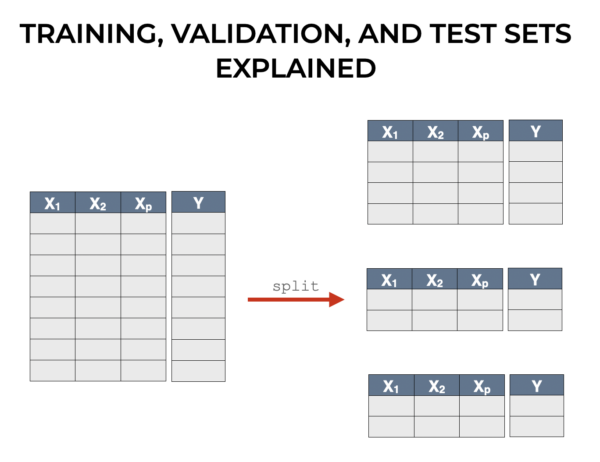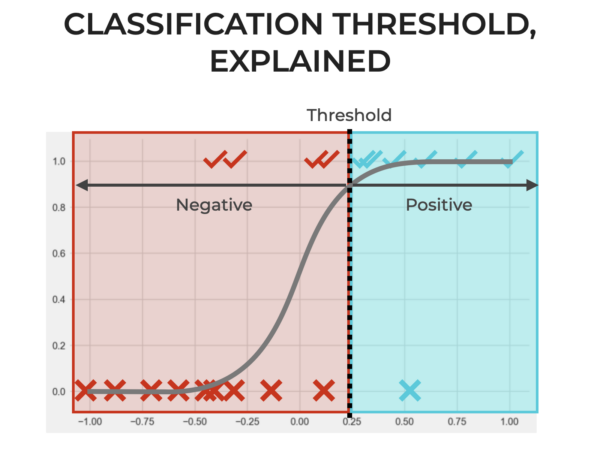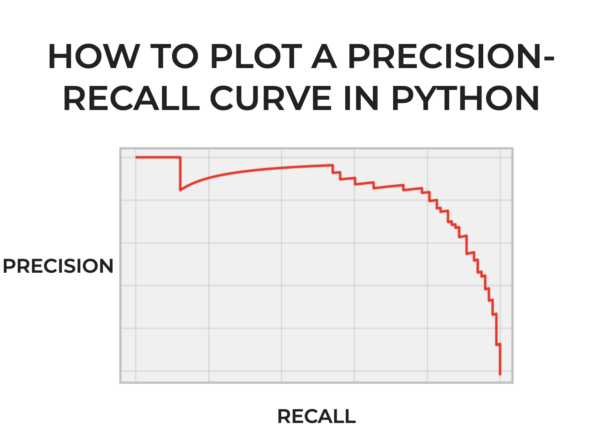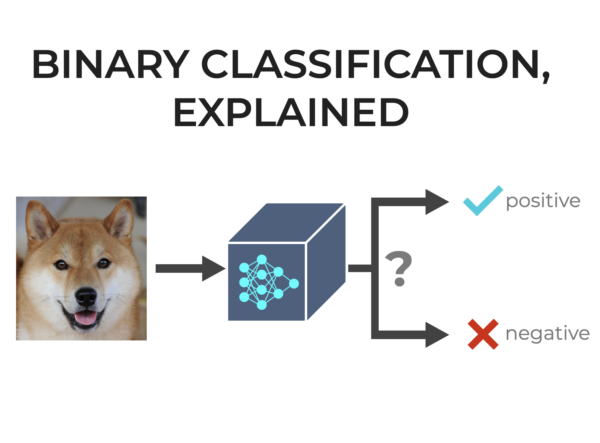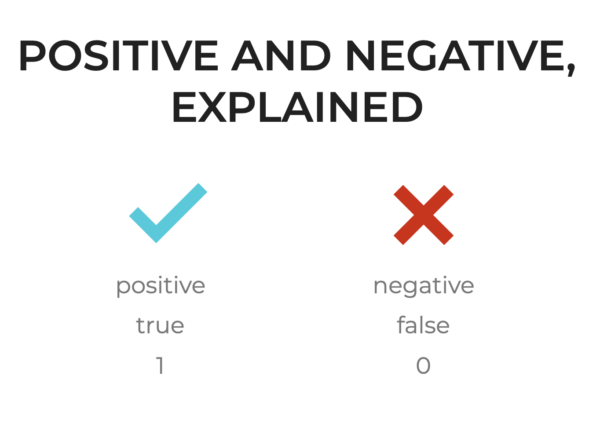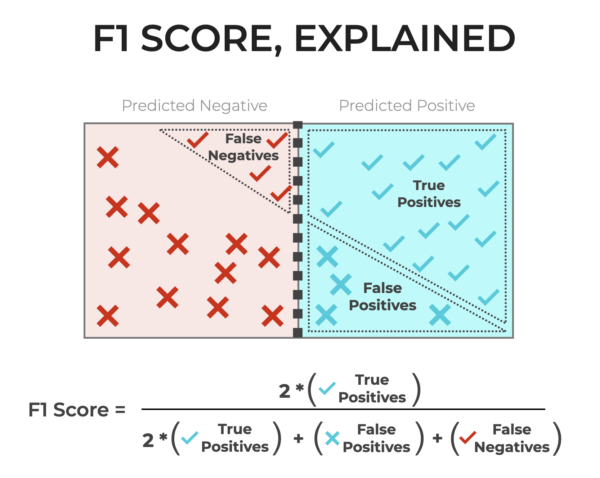Machine Learning Regularization, Explained
Dealing with the problem of overfitting is one of the core issues in machine learning and AI. Your model seems to work perfectly on the training set, but when you try to validate it on the test set … it’s terrible. This is a core problem in machine learning, especially when you start using advanced … Read more
